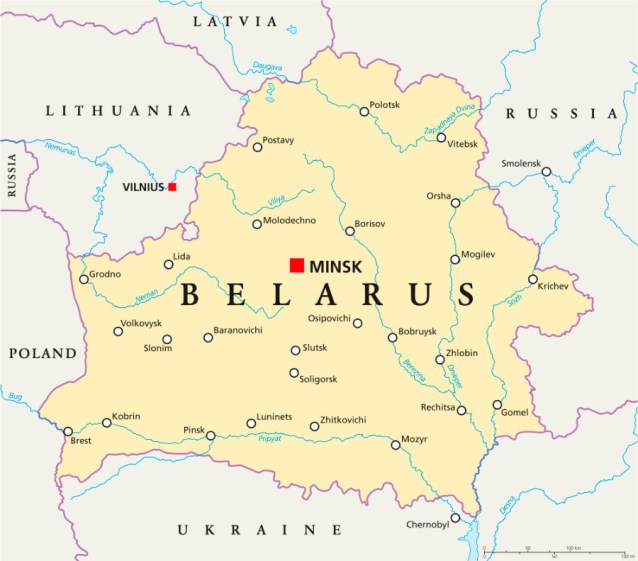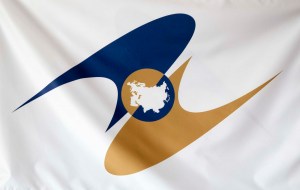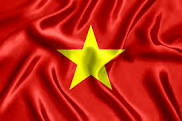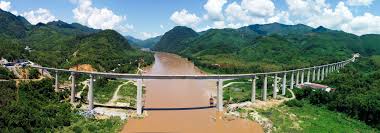Belarussian President Lukashenko’s Visit To China: The Trade Angle
By Chris Devonshire-Ellis
The Belarus President, Alexander Lukashenko is visiting Beijing on a State visit this Tuesday and Wednesday (February 28 / March 1) where all Western media eyes will be concentrating on the Ukraine issue. Belarus has very strong relations with Russia and borders Ukraine to the south, where joint Belarus/Russian military deployments are worrying the West.
China too, has had high-level contact with Russia in recent days – State Councilor Wang Yi has been holding extensive discussions with President Putin and other senior Russian ministerial and security personnel. That lead to a proposed 12-point Chinese peace plan being released last Friday (February 24) which has been largely dismissed in the West. Doing so however is pushing China to make rather more deep rooted trade and security contingency plans of its own – some of which may be in place for decades if some impasse between the West and Russia cannot be reached.
With Belarus most certainly likely to side with Russia, itself aligned with China, that places Beijing’s influence right up against the borders of Latvia, Lithuania, and Poland. While US President Joe Biden has warned China against supplying weapons to Russia, Belarus remains an option. Clearly, Ukraine will be discussed in Beijing with Xi Jinping. Yet those are likely to be more long-term strategic than military, although the latter component will crop up – especially as Belarus has applied to be a member of the Shanghai Cooperation Organisation and is currently an observer.

However, Belarus has new-found strategic value for China as it is now the de facto Western border for China’s sphere of influence in the new Eurasia. Belarus has also been sanctioned by the West for its political resistance to change – the EU hasn’t recognized the results of the last Belarus Presidential elections, and organised and financed attempts over overthrow the current President, and has placed additional sanctions upon the country and some of its corporates for support of Moscow during the Ukraine conflict resulting in 70% of Belarus-EU trade now being restricted.
Yet Belarus is a major exporter of timber, fertilizers, and agricultural machinery, as well as being a source of competitive labour. Those are now finding their way to new markets east, instead of subsidizing EU production, and especially in the EU’s own agricultural sector.
The Eurasian Economic Union

Belarus is a member of the Eurasian Economic Union (EAEU), a free trade bloc that also includes Armenia, Russia, Kazakhstan, and Kyrgyzstan. In geographic terms, it fits the space between Eastern Europe and Western China. What isn’t generally acknowledged is that China has a ‘non-preferential’ free trade agreement with the EAEU. This is typically discounted as meaningless, as no official trade tariffs are mandated.
Yet this doesn’t tell the whole story. In discussing this with the EAEU’s own trade negotiator last year, I was told that this instead allows the EAEU and China to agree at a G2G level, as and when required, trade tariff reductions between them, creating a more flexible ‘ebb and flow’ approach to EAEU-China tariff implementation and allowing them to react whenever is required. Instead of having a rigid tariff pact, both sides are flexible and can impose or restrict tariffs as they feel appropriate.
This is, for example, a far more flexible and immediately reactive system to that imposed by the EU itself, where tariff reduction negotiations can take years, yet sanctions be imposed at the drop of a hat. There has been an impact to this approach – China-EAEU trade rose by 30% during 2022 and the country is the EAEU’s single largest trade partner.
The EAEU also has additional European outposts. Bosnia & Herzegovina is negotiating, while Serbia has a Free Trade Agreement with the EAEU.
But Asia is also a significant play. Belarus-China trade has been increasing and reached US$5.1 billion in 2022. Chinese President Xi Jinping and Belarusian President Aleksandr Lukashenko previously met in Samarkand last September on the sidelines of the Shanghai Cooperation Organization summit, during which they decided to raise bilateral relations to a comprehensive strategic partnership, much of this week’s discussions will be concerned with implementing this.
While the two nations may seem at the opposite ends of Eurasia, trade has become strategically important for both. Belarus is the third-largest supplier of potash fertilisers to China, the fifth largest supplier of wheat, China’s seventh and ninth largest supplier of chicken and beef respectively and China’s eleventh largest supplier of rapeseed oil. These are serious figures when taking China’s massive consumer population into account.
Belarus meanwhile imports Chinese technological equipment, communication equipment, components, and consumer goods. There is also Chinese investment into Belarus, with the huge ‘Great Stone’ industrial park near Minsk. Originally established to produce inexpensive Chinese autos for the Eastern European market, that is now being repositioned to produce Chinese autos for other EAEU markets – including Armenia and Iran (which also has an FTA with the EAEU) as well as Belarus’s CIS market access – including countries such as Georgia – where Chinese auto manufacturers such as BYD are also extant. In short, EAEU/CIS component manufacturers are emerging; financed and invested by China and will be coordinated to provide a series of production hubs.
Belarus & Vietnam

Other strategic examples of growing Belarus-Asia ties are with Vietnam. While these may also seem unlikely trade partners, they also have a great deal in common. Belarus wants Vietnamese agricultural produce – rice and seafood are big sellers in this landlocked nation – while Vietnam’s rapidly growing agriculture sector needs inexpensive machinery and fertilisers – both of which Belarus can provide. The result? The EAEU-Vietnam FTA has seen the Belarus trade component of this increase to over US$200 million in 2022, with both Governments committed to more than doubling this to US$500 million by 2025.
Belarus-Asia Trade and the Belt & Road Initiative China Dynamic

Other than this, much of the EAEU growth emphasis is to Asia, with Vietnam enjoying a considerable boom in EAEU trade. Other Asian nations, such as the heavy-hitters of Indonesia, Thailand and India have also applied to join. Lukashenko then will be wanting to discuss new logistics routes to and from Belarus to Asia – and openings in the China market itself.
Trade via China’s Belt and Road Initiative is also of benefit to Beijing – many of these routes across Asia are now coming to fruition and have boosted regional trade. With Chinese state operators partially owning much of this network, countries such as Belarus importing and exporting goods not just from China but across the entire Asian region account for revenues flow into China’s logistics SOEs. Xi Jinping, the Chinese President, will be keen to accommodate this.
Summary
The Lukashenko-Xi meeting therefore should not just be taken in the context of the Ukraine issue. What is emerging between the two countries is the beginnings of a blueprint that will impact much of Eurasia’s trade from China to the borders of the European Union. Belarus represents the Western-most part of this, yet while generally viewed as small in Western eyes, has commodities and equipment of essential development use in emerging Asia. With the EAEU Free Trade Agreement portfolio continuing to develop, Belarus is also emerging as a key component within the Russia-China Eurasian trade dynamic.
Dezan Shira & Associates have numerous offices throughout China and can assist Belarus companies into the China market. We provide market and business intelligence, corporate establishment, tax advisory and trade compliance services. Please contact Maria Kotova at china@dezshira.com
Related Reading





